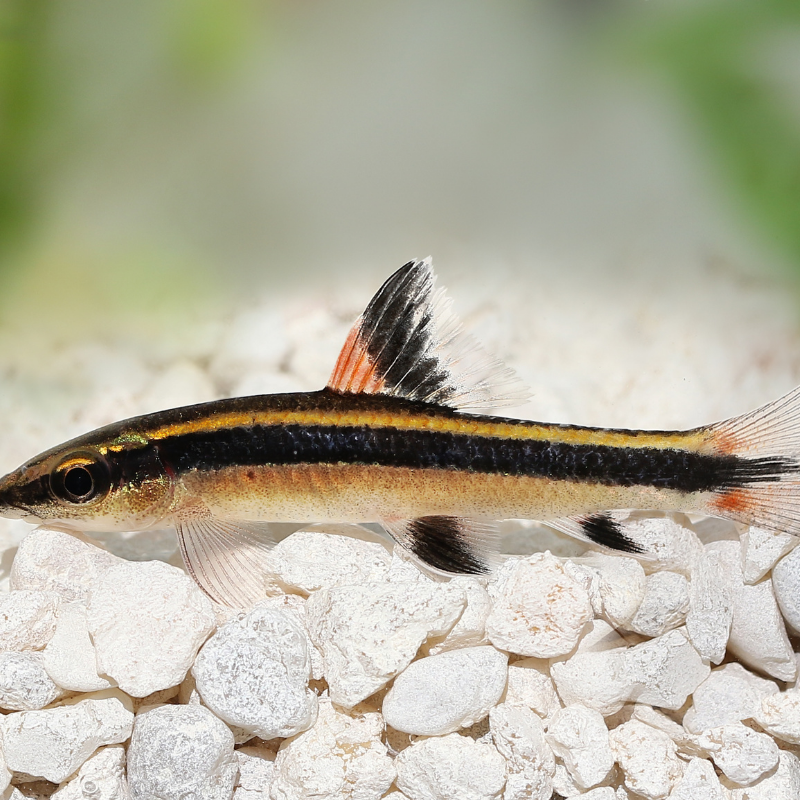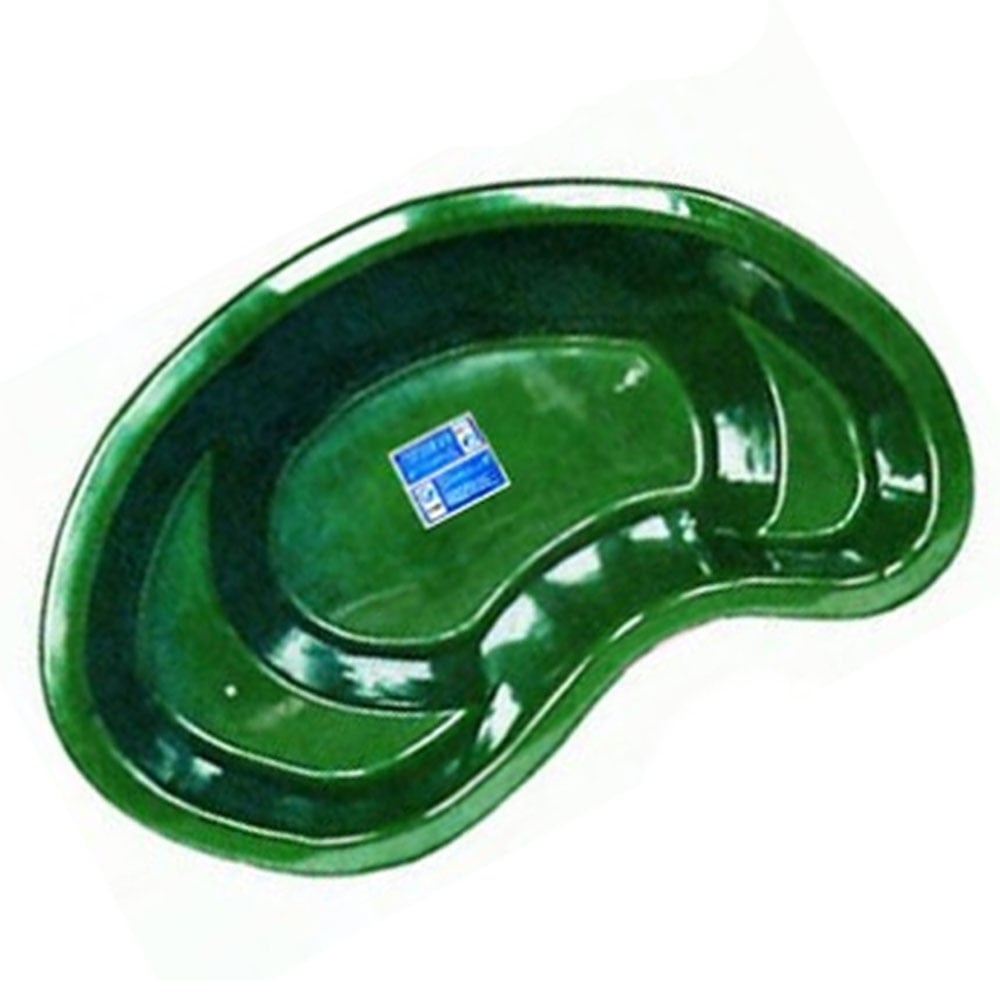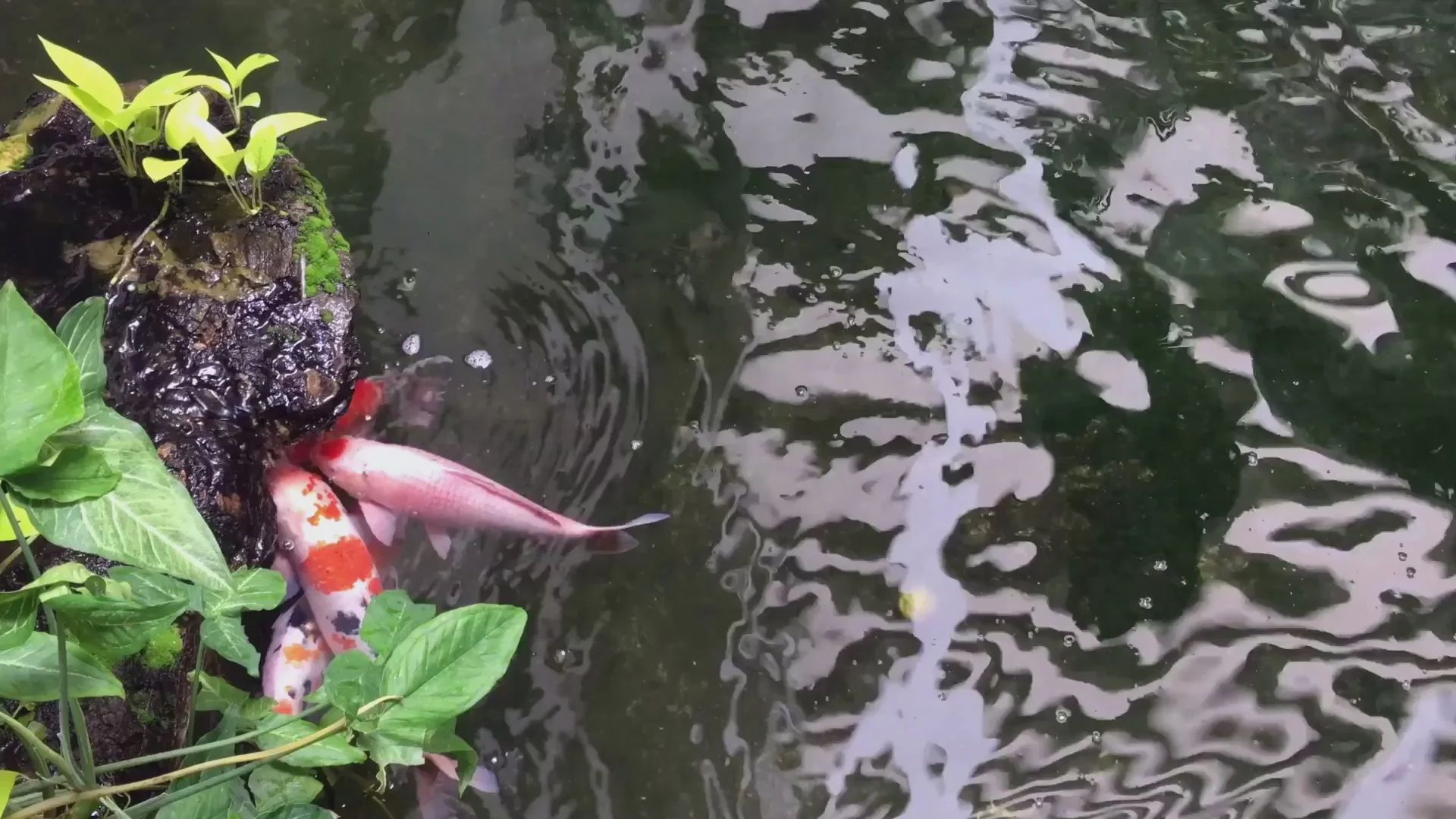Next working day delivery with Royal Mail Tracked 24
News and Blogs
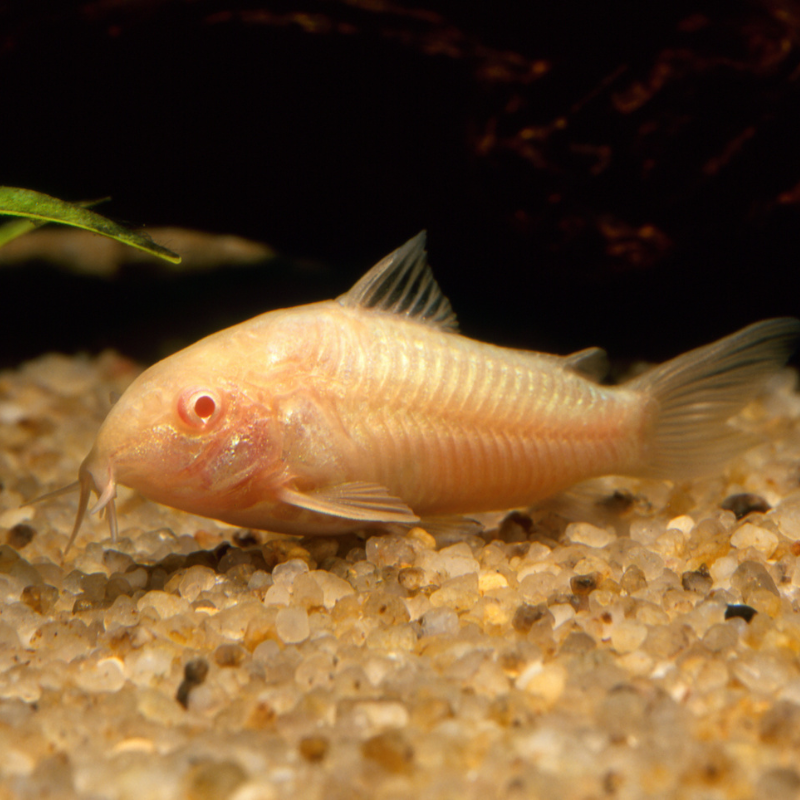
Will Albino Corys clean my tank?
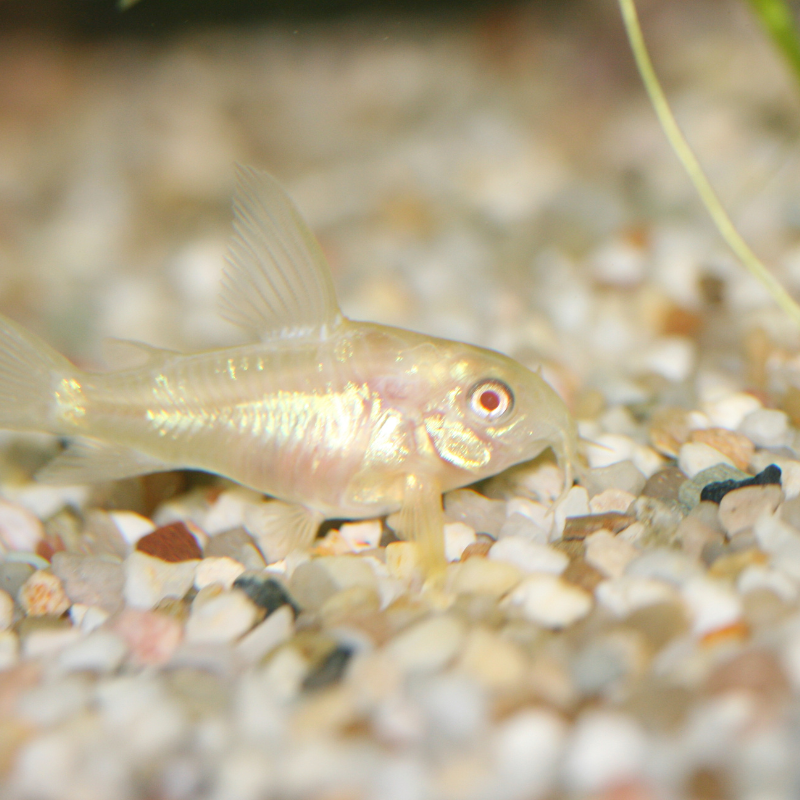
Are Albino Corys a shoaling fish?
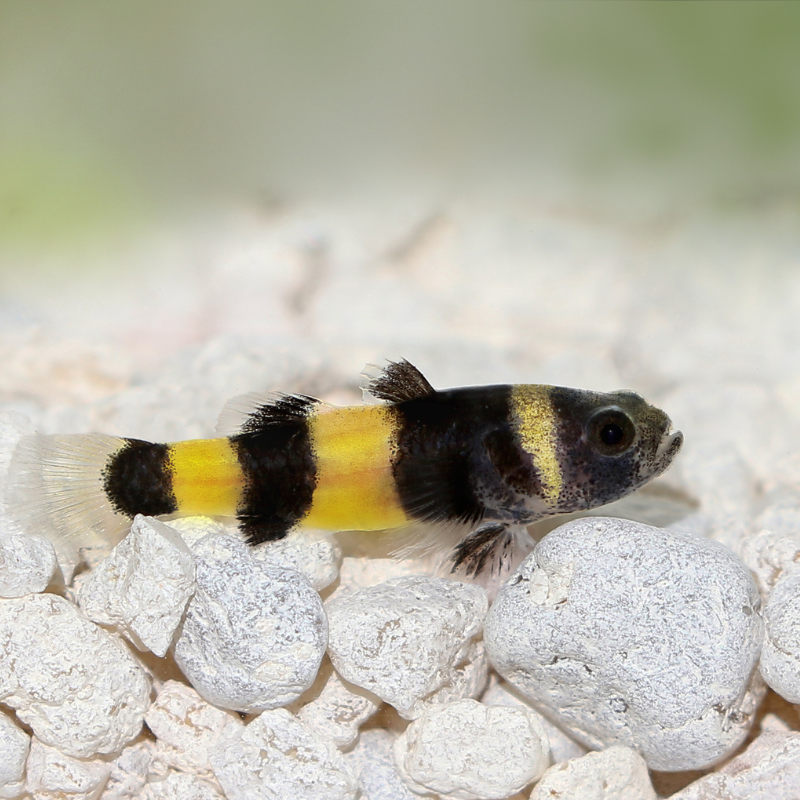
Can Bumblebee Gobies live in Freshwater conditions?
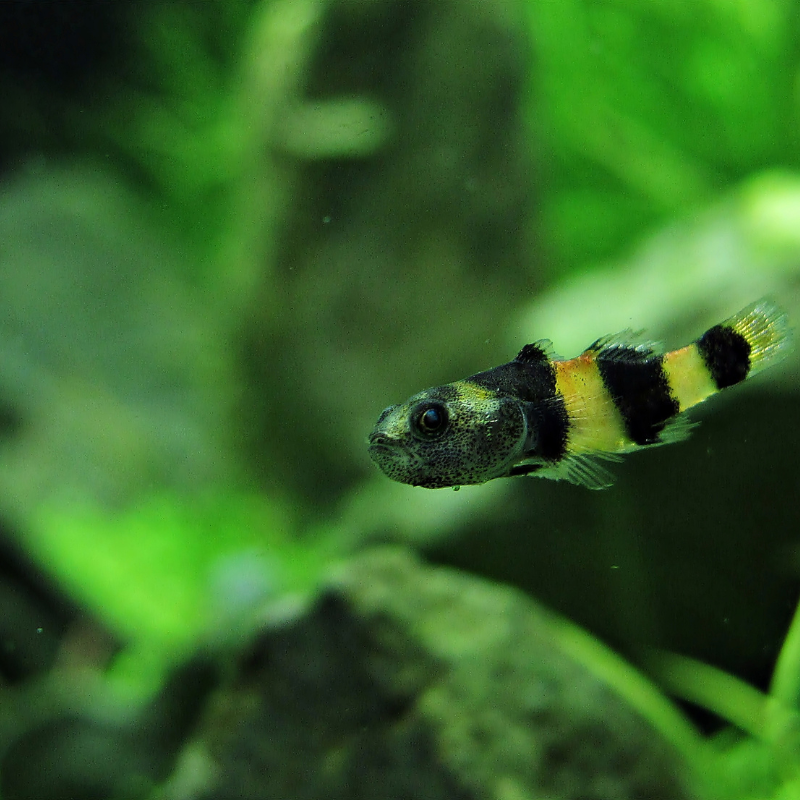
How many Bumblebee Gobies should be kept together?
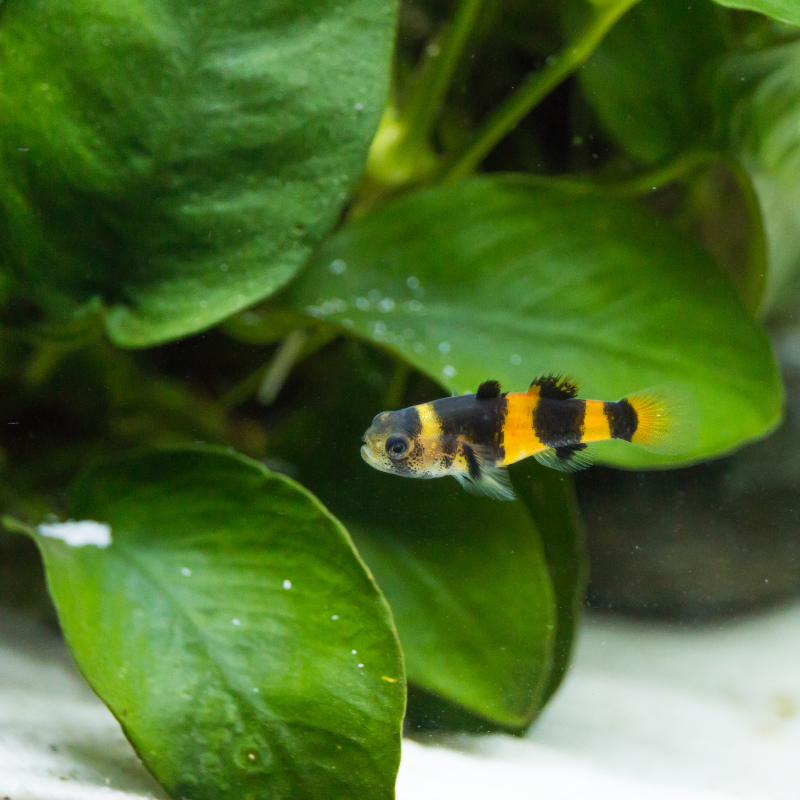
Are Bumblebee Gobies fin nippers?
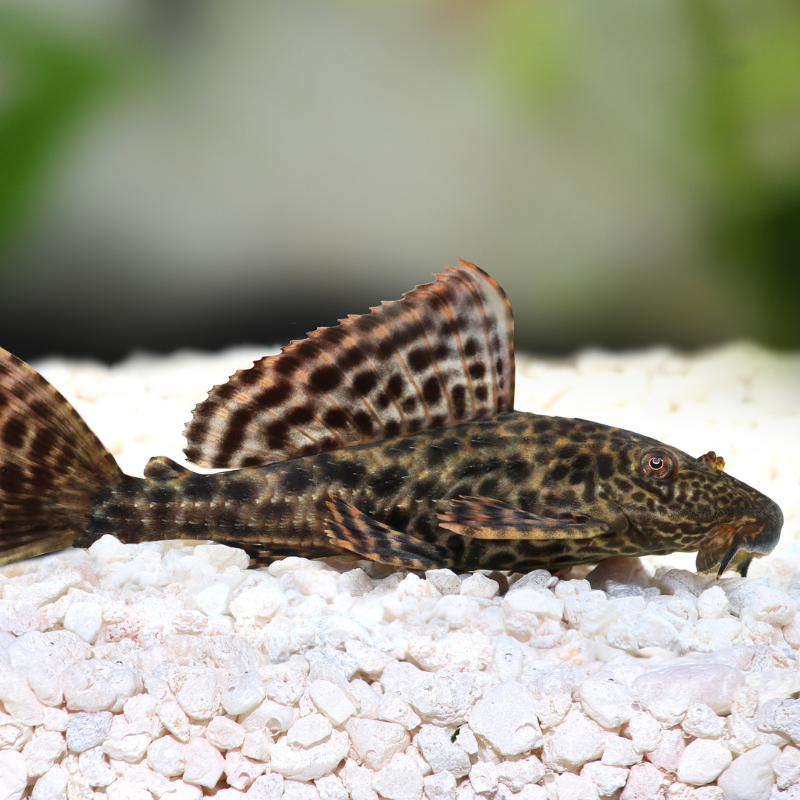
How big do Trinidad Plecos get?

OATA Care Guide: Catfish
OATA produce a good range of free care sheets for coldwater, tropical freshwater and marine fish as well as for invertebrates, aquatic reptiles and plants. Catfish are a popular addition to a tropical set-up. They are found throughout the world’s freshwater systems and are often sourced from Asia, South America and the African lakes.
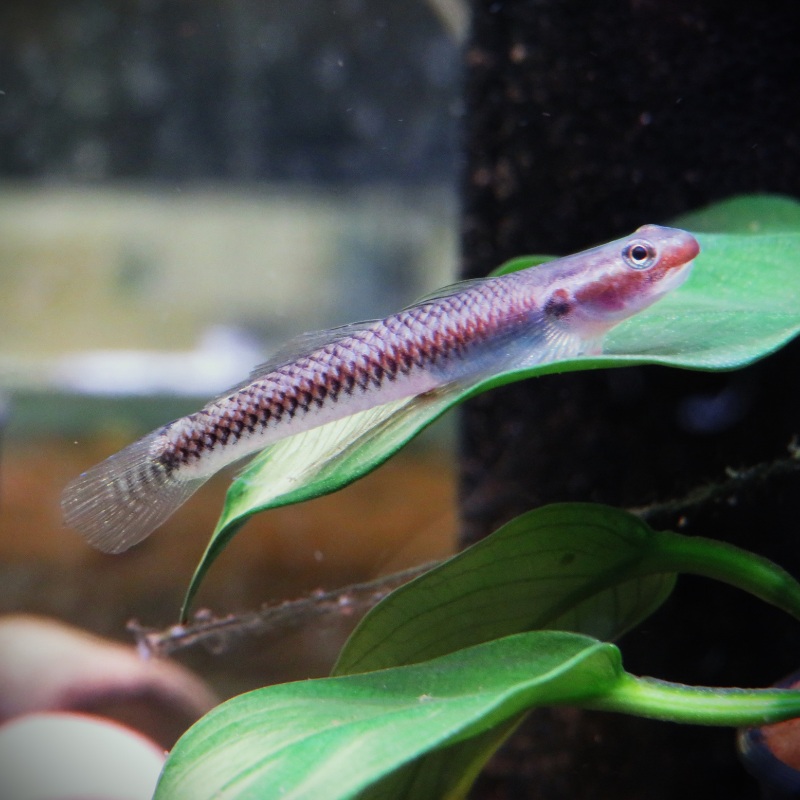
What make Suitable tankmates for Freshwater Neon Blue Goby?
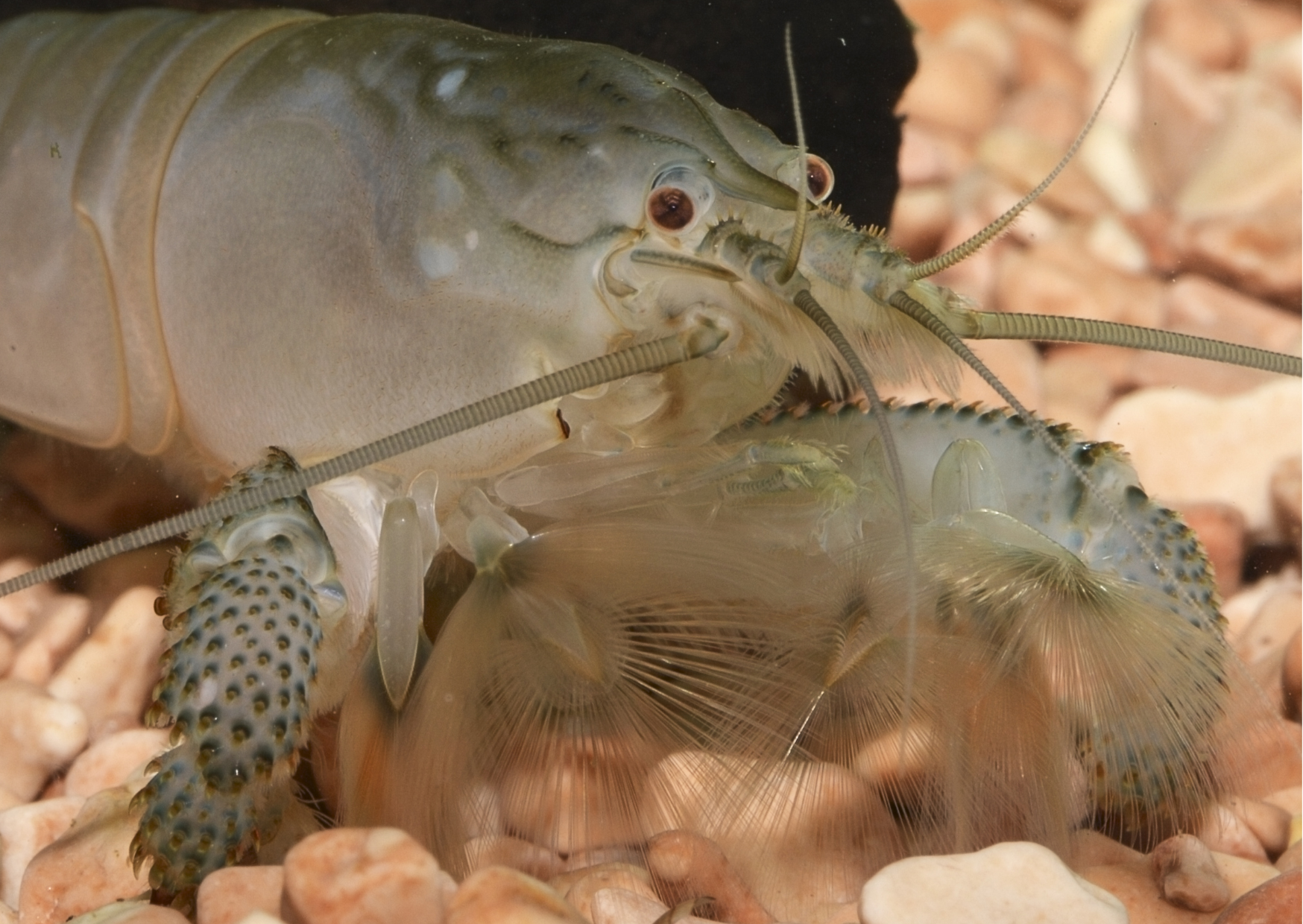
Can I Keep Fish and Shrimp Together?
